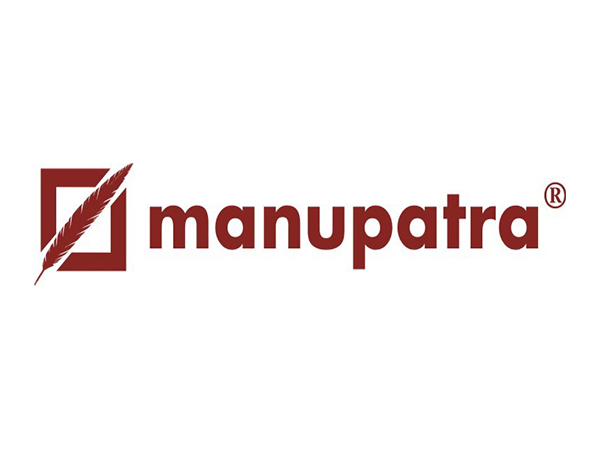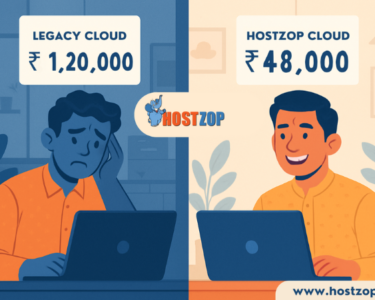New Delhi [India], June 2: At Manupatra, we have long championed technological progress within India’s legal sector. Our active collaboration with legal professionals and law students gives us valuable insights into emerging technologies and trends shaping legal practice in India.
In the last few years, artificial intelligence has steadily become part of daily routines, influencing personal habits and professional work alike. In law, AI-driven applications have shown clear advantages—enhancing legal research, aiding with drafting, and simplifying case or contract workflows. However, AI has also created challenges, including situations where fabricated cases were mistakenly cited by lawyers and judges.
Acknowledging AI’s powerful role in modern legal workflows, Manupatra carried out a landmark survey to understand how AI is currently adopted within India’s legal landscape. The survey, a first of its kind on this scale, collected real-time insights from legal experts and students to highlight adoption trends and areas needing attention. The findings are intended to inform policy decisions and guide the legal sector toward more secure, ethical, and productive AI use.
Manupatra now presents its comprehensive “Adoption of AI in the Indian Legal Landscape” report, reflecting input from 227 participants across India—comprising law students, advocates, in-house counsels, law firm partners, faculty, and judicial officers.
Key Findings:
Young & Tech-Ready Respondents: 60% of participants were aged 18–34, led by law students (36.6%) and practicing advocates (23.8%), signaling a strong foundation for early-stage AI engagement.
Notable Adoption Patterns: Around 60% had used AI tools within the last year, especially for legal research (77.9%), summarization tasks (65.7%), and drafting support (54.7%).
Time Saved, Yet Trust Lags: While 79.7% saw time savings in repetitive processes, just 4.1% fully trust AI without manual checks, and 48.8% always verify results before use.
Main Friction Points: 58.1% cited quality concerns, 51.2% faced issues with incorrect or imagined outputs, and 42.4% flagged a lack of relevance to Indian legal systems.
AI Policy Gap: Though 77.1% support disclosure of AI use in legal advice, only 11% reported having a documented AI policy at their workplace.
Top Concerns Highlighted:
Unstable Output Accuracy (58.14%): Many users identified flawed or hallucinated results as a key limitation.
Client Data Risks (47.67%): Nearly half expressed concern over data privacy and maintaining confidentiality.
Poor Localization (42.44%): AI tools often struggle to interpret India-specific legal context, leading to inaccuracies.
Ethical & Legal Dilemmas (38.37%): Participants raised questions about bias, responsibility, and client impact.
Awareness & Training Gaps (40.12% & 34.30%): Limited exposure to tools and insufficient training emerged as barriers to adoption.
AI Outlook & User Sentiment:
Adoption Expectations: 35.68% believe AI will become a legal standard within 1–2 years, while just 3.96% expect a timeline beyond five years.
Optimism with Care: 46.25% see AI’s influence as largely positive, 18.06% consider it transformative, and 45.37% maintain a balanced, cautious approach.
Adoption Enablers: Key needs include certified training programs (67.40%), trial or free tool access (66.52%), and regulatory guidance from bar councils or courts (47.58%).
AI as Legal Support, Not Replacement: Most respondents view AI as a research and drafting aid, with critical decisions still resting on human expertise.
About Manupatra:
Manupatra is India’s foremost provider of legal, regulatory, and commercial information platforms. Since launching the country’s first online legal research service in 2000, Manupatra has developed an extensive, AI-powered database of Indian and global legal resources. The platform supports lawyers, firms, courts, corporate legal teams, and students with intelligent, intuitive tools that simplify access to the law. Blending deep legal knowledge with cutting-edge technology, Manupatra continues to transform the way legal professionals interact with information.




